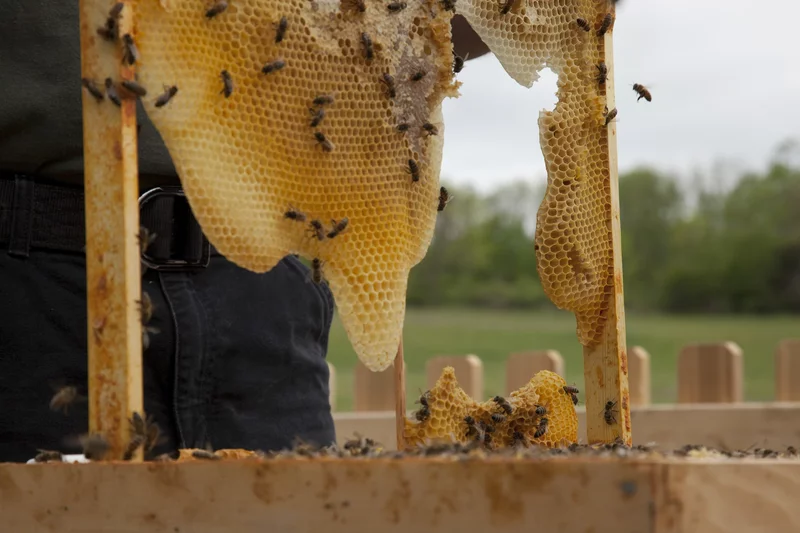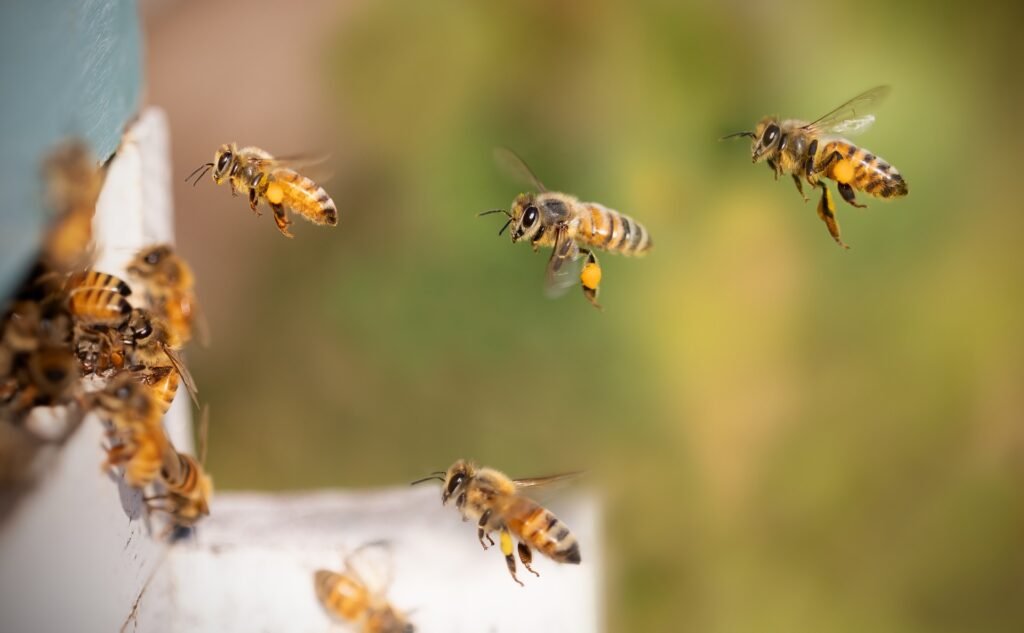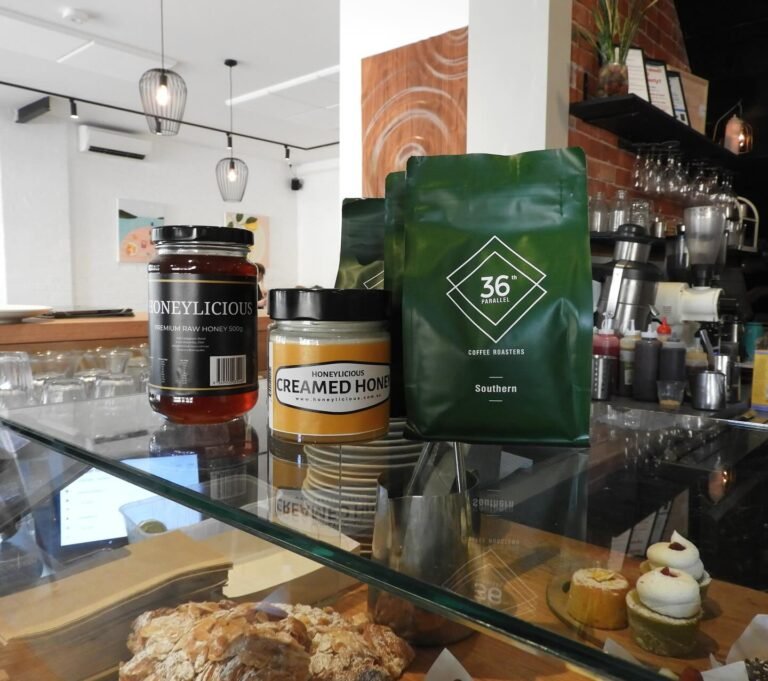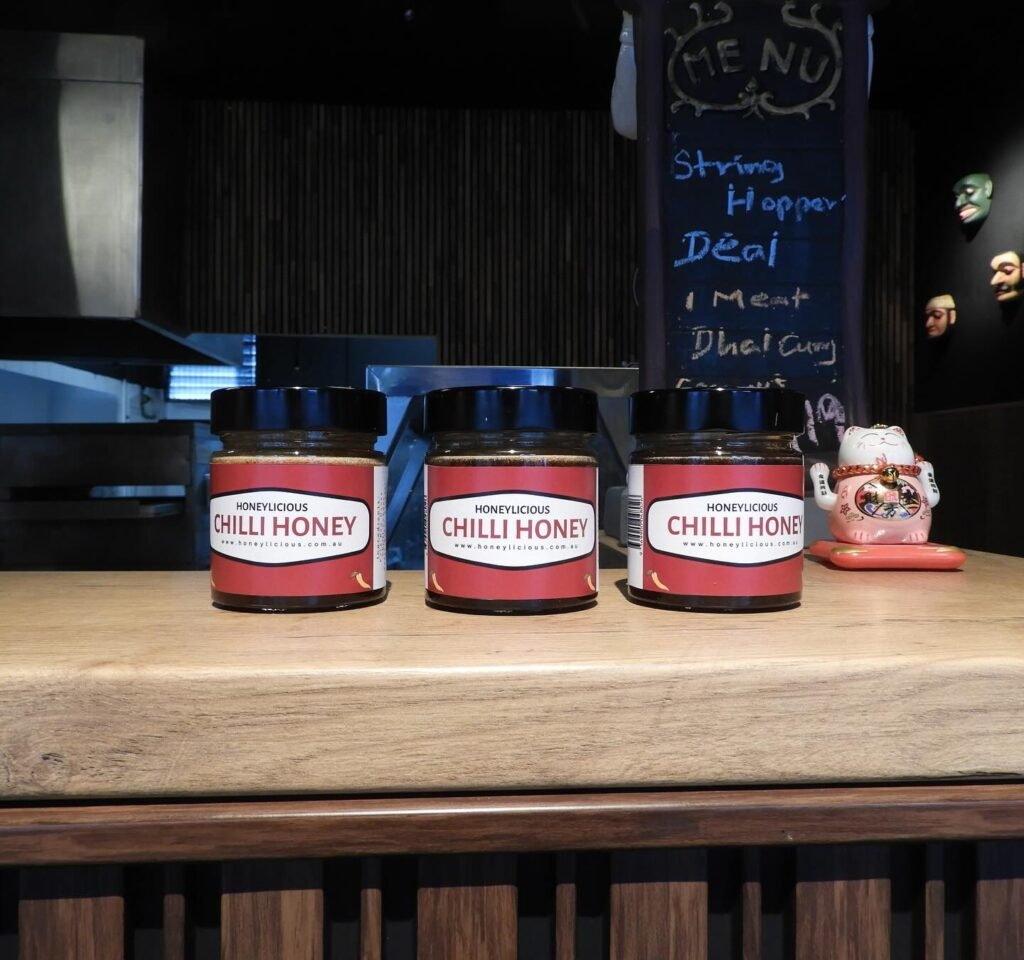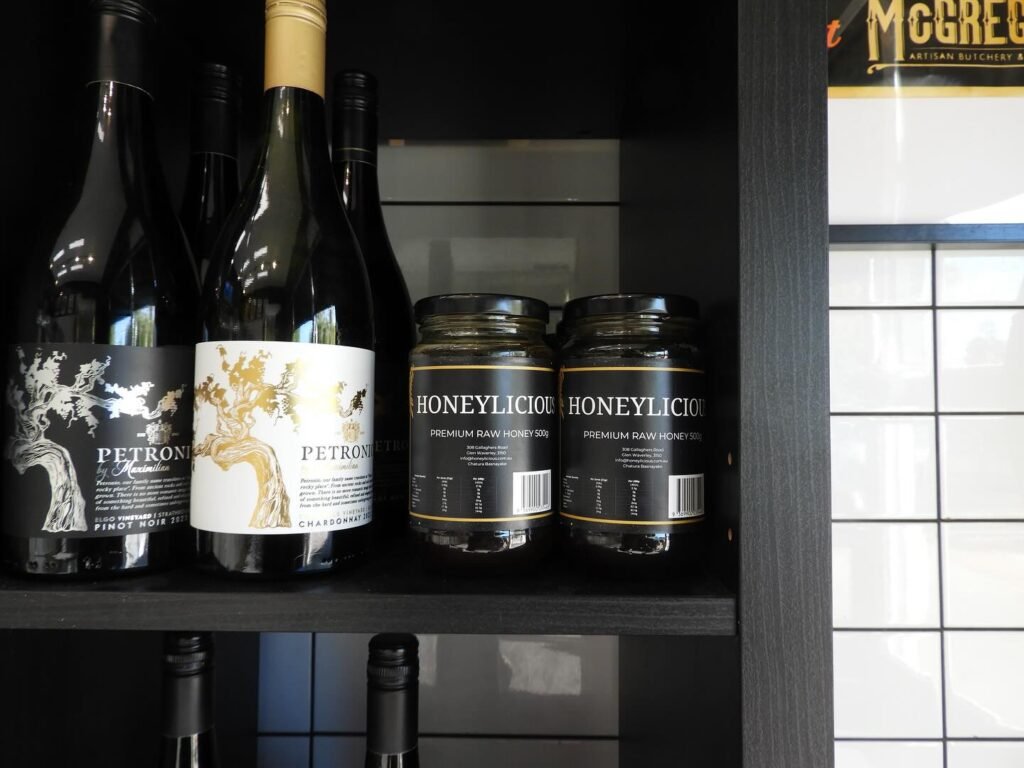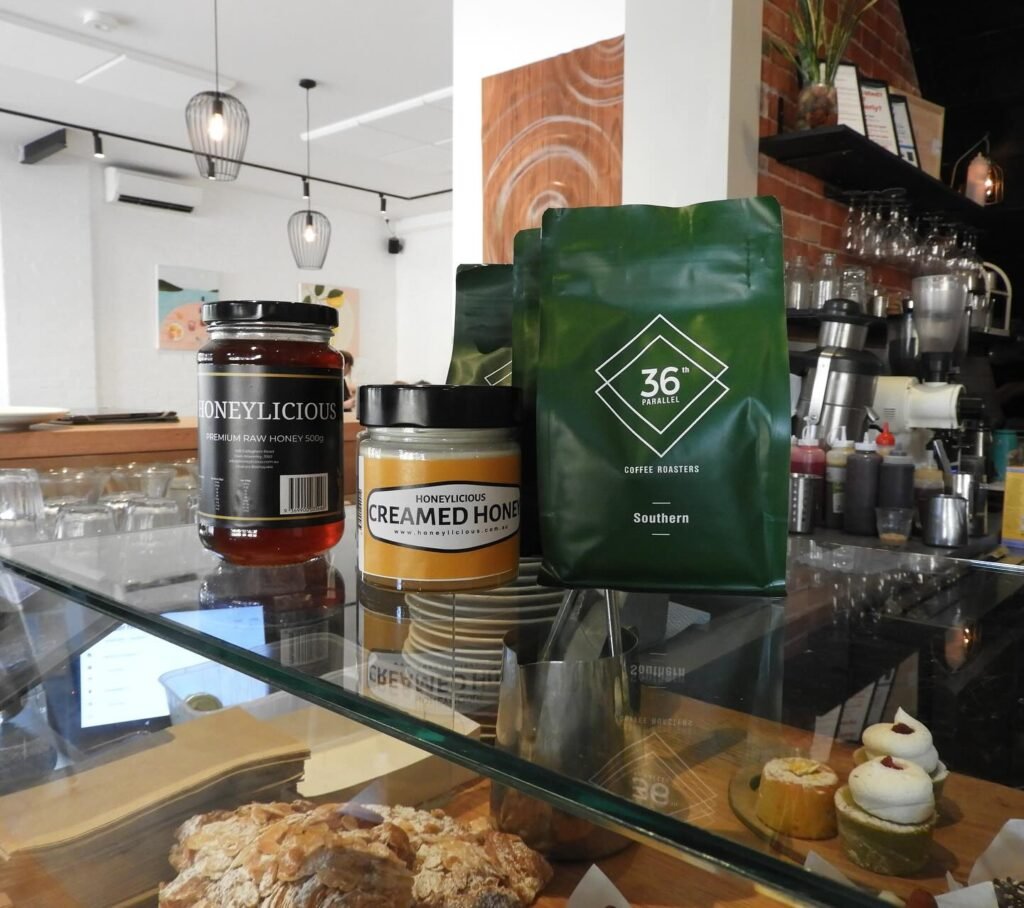Honey, that golden elixir produced by bees, is not only a delicious natural sweetener but also a fascinating substance that undergoes various transformations over time. One such phenomenon is crystallization, where honey solidifies into granules, often sparking concern among consumers. However, contrary to popular worry, honey crystallization is a natural process that not only poses no harm but also signifies the purity and quality of the honey. Let’s delve into why you don’t need to fret about honey crystallizing and how to embrace this natural evolution.
The Science Behind Crystallization
Honey is a supersaturated solution composed primarily of sugars—glucose and fructose—along with water and trace amounts of other compounds. When the glucose content in honey exceeds its solubility limit, the glucose molecules begin to form crystals, leading to the granular texture commonly associated with crystallized honey.
Crystallization: A Sign of Purity and Quality
Far from being a sign of spoilage or adulteration, crystallization is actually an indicator of high-quality, pure honey. Raw, unprocessed honey tends to crystallize more readily than processed varieties because it retains more of its natural pollen, enzymes, and other compounds. The presence of pollen particles and other impurities serves as nuclei around which sugar crystals can form, accelerating the crystallization process.
Nutritional Benefits Unaffected
One of the primary concerns people have regarding crystallized honey is whether it affects its nutritional value. Rest assured, the nutritional composition of honey remains largely unchanged even after crystallization. Both liquid and crystallized honey contain the same essential nutrients, including antioxidants, vitamins, and minerals. In fact, some studies suggest that crystallized honey may have higher levels of antioxidants compared to liquid honey.
Embracing Crystallization: Tips and Tricks
Rather than viewing crystallization as a problem to be avoided, embracing this natural process can enhance your culinary experience and appreciation of honey. Here are some tips for dealing with crystallized honey:
- Gentle Heating: Placing the jar of crystallized honey in a bowl of warm water or microwaving it in short intervals can help liquefy the honey without damaging its beneficial properties. Avoid overheating, as excessive heat can degrade enzymes and other heat-sensitive compounds in honey.
- Stirring: Stirring crystallized honey can help distribute the crystals evenly, resulting in a smoother texture. Use a clean spoon or spatula to gently mix the honey until it reaches the desired consistency.
- Pairing with Foods: Crystallized honey’s spreadable texture makes it perfect for spreading on toast, drizzling over yogurt or oatmeal, or incorporating into baked goods. Its creamy consistency adds a delightful dimension to various culinary creations.
Conclusion: Celebrating the Evolution of Honey
Rather than viewing crystallization as a cause for concern, we should celebrate it as a natural evolution of honey that reflects its purity and quality. Understanding the science behind crystallization and learning to embrace its unique texture can deepen our appreciation for this timeless delicacy. So the next time you encounter crystallized honey, remember that it’s not a flaw but a testament to the pure, unadulterated nature of this remarkable gift from the bees.

